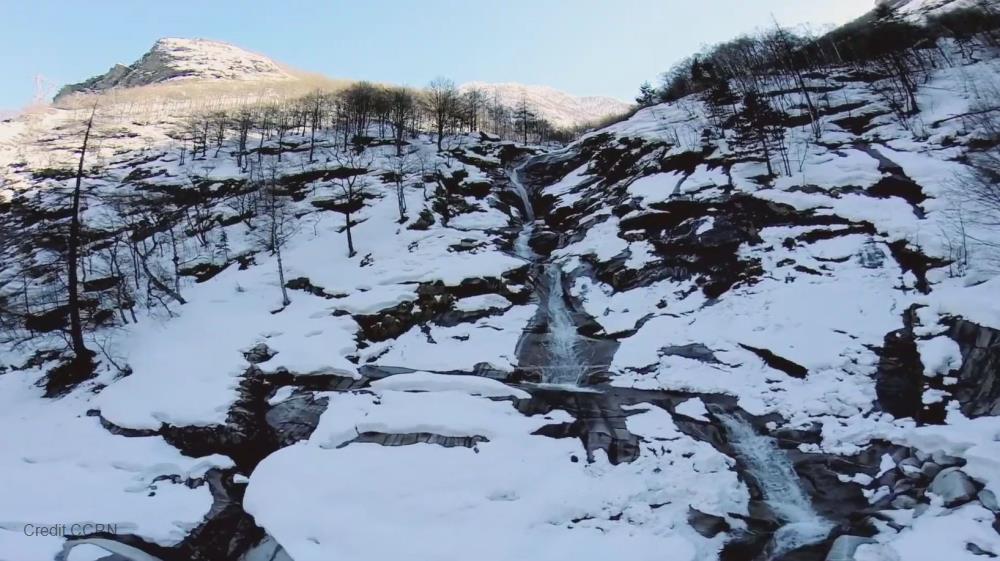
Related items loading ...
Section 1: Publication
Publication Type
Thesis
Authorship
Biagi, Kelly
Title
Hydrological and Hydrochemical Dynamics of a Constructed Peatland in the Athabasca Oil Sands Region: Linking Patterns to Trajectory
Year
2021
Publication Outlet
MacSphere Open Access Dissertations and Theses
DOI
ISBN
ISSN
Citation
Biagi, Kelly (2021) Hydrological and Hydrochemical Dynamics of a Constructed Peatland in the Athabasca Oil Sands Region: Linking Patterns to Trajectory, MacSphere Open Access Dissertations and Theses,
http://hdl.handle.net/11375/26294
Abstract
Peatlands comprise of approximately half of the Athabasca oil sands region, many of which overlay some of the world’s largest bitumen deposits where surface mining for this resource has permanently altered the landscape. By law, companies must reclaim disturbed landscapes into functioning ecosystems including integrated upland-wetland systems with the objective of forming sustainable peat-forming wetlands. This thesis presents six years (2013 – 2018) of water balance and associated salinity data from one of the two existing constructed upland-wetland systems, the Sandhill Fen Watershed (SFW), a 52-ha upland-wetland built on soft tailings to evaluate the hydrological and hydrochemical performance and its potential to be self-sustaining. Following a considerable decrease in hydrological management, the dominant water balance components changed from primarily horizontal (inflow and outflow) to vertical fluxes (precipitation and evapotranspiration) which increased inundation, encouraged salt accumulation and changed plant communities. Results suggest that current conditions are not favourable for fen-peatland development as marsh-like conditions have developed, limiting water conserving functions and the ability to persist long-term in a changing climate. In terms of winter processes, topography currently controls snow accumulation, redistribution and melt at SFW while the role of vegetation in these processes is expected to increase as it continues to develop. Runoff ratios of snowmelt from hillslopes were drastically different than those previously reported for reclaimed peatland watersheds highlighting the influence of different soil materials used during construction. Under various climate change scenarios of a warmer and wetter climate, results from the Cold Regions Hydrological Model indicate that the influence of winter processes will decrease, potentially putting reclaimed systems at greater risk of moisture stress. Substantial hydrochemical changes have occurred as salinity was relatively low at the study onset as high volumes of inflow and outflow prevented ion accumulation. Over time, salinity continued to increase year-over-year throughout SFW from 2013 to 2018 in the wetland and margin areas. This increase in site-wide salinity was attributed to the shift in dominant water balance fluxes, changes in water table position and increased mixing of SFW waters with deeper saline groundwater that underlies the system. Based on its current conditions, it is unlikely that SFW will support peat-forming vegetation. It is recommended that design strategies shift to incorporate characteristics found in undisturbed saline peatlands that are capable of supporting peat-forming vegetation in a saline environment.
Plain Language Summary


 GWFNet
GWFNet Master
Master Data
Data Research
Research Map
Map
 Advanced
Advanced Tools
Tools
 . . .
. . .
 Metadata Editor
Metadata Editor
 Record List
Record List
 Alias List Editor
Alias List Editor
 Legacy sites
Legacy sites